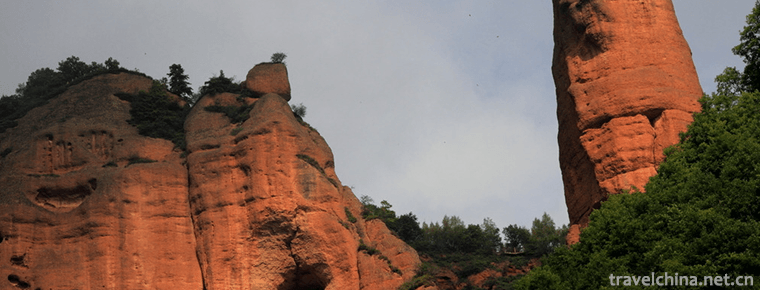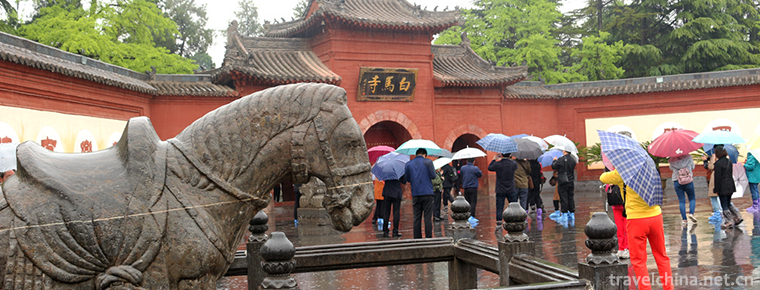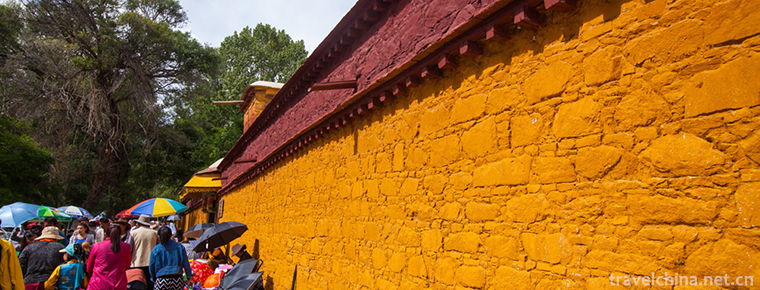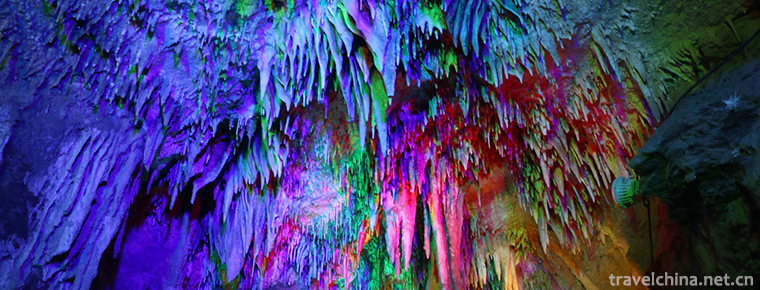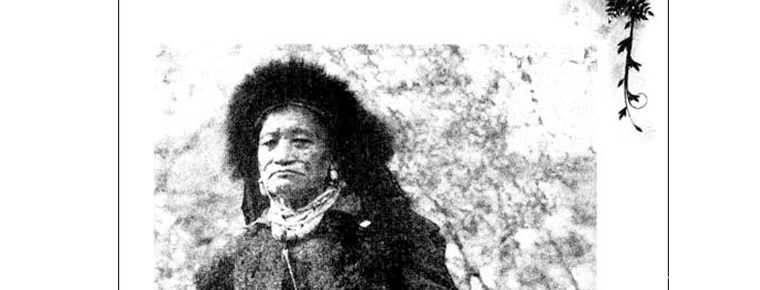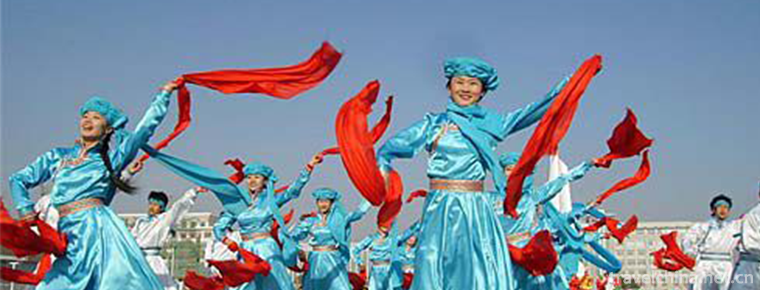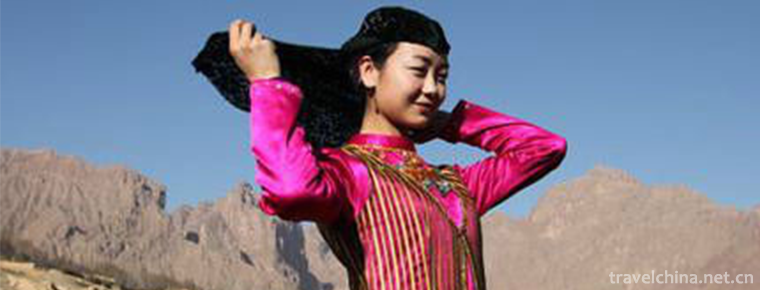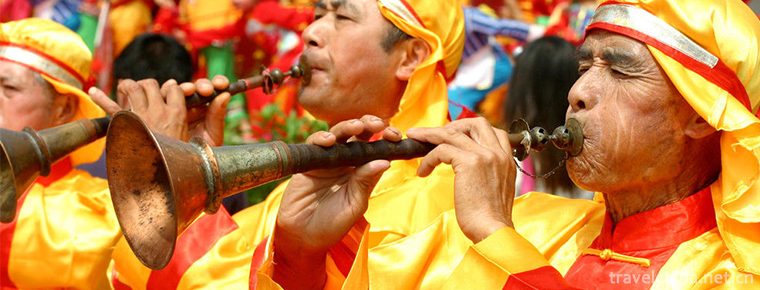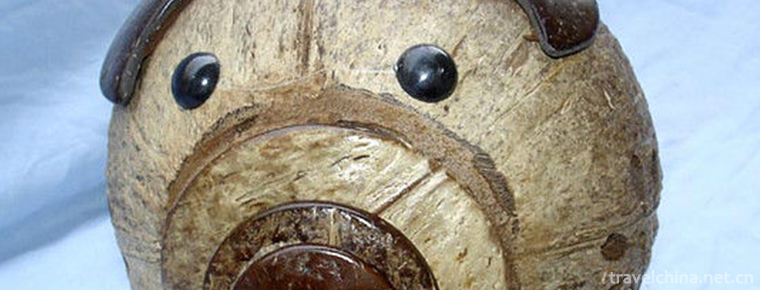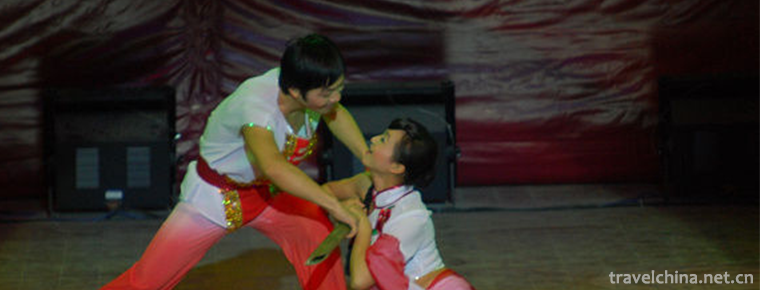Kazakh medicine
Kazakh medicine
Kazakhs are an ancient people.
Since the pre-Qin Dynasty, the Kazakh people have multiplied and lived in the vast grasslands and some agricultural areas in Northwest China. They have accumulated rich medical experience in production practice and life, as well as prescriptions for treating diseases with plants, animals, minerals and chemicals, which have played a positive role in the health care of the Kazakh people.
Kazakh people deeply understand the significance of physical health. Kazakh people have many proverbs and proverbs about the meaning of physical health. For example, "The most precious wealth is physical health." To be healthy, we must pay attention to hygiene. Therefore, Kazakhs often say, "Physical health is a great wealth. The condition of health is hygiene. The people of Kazakhstan pay attention to the cleanliness of clothes and the hygiene of tableware. They have long developed the fine traditional habit of washing hands before meals, after tea and after urine and urine.
Kazakhs pay special attention to disease prevention. Therefore, the Kazakh people pay attention to the hygiene of food, select the food that is suitable for their appetite, and there are many proverbs to prevent diseases. For example, "abdominal pain, fasting must be avoided", "eye pain should be prohibited to rub eyes with hands", "lawsuits can not be ignored, disease can not be underestimated." Wait. Kazakh folk doctors have been used to treat diseases for a long time. Folk doctors are generally divided into two categories: one is called Yemushi (a folk doctor who uses herbal medicine to treat diseases), the other is called Utashi (a folk doctor who specializes in fracture). These folk doctors have relieved people's pain by combining home visits with outpatient visits, and they are very popular and respected by the people.
The medicines of Kazakh folk doctors come from all kinds of plants and animals: skin and meat of birds, such as kidney, gall, musk, deer antler, umbilical intestine, brain of snow chicken, etc. and mineral chemicals, such as white sand, alum, sulphur, alum, mercury, calomel and mercury, in addition to milk and various fruits.
Kazakh folk doctors (Ye Mushi) diagnose the disease mainly by examining the pulse, looking at the eyes, and looking at the tongue. Some people do not tell the doctor the symptoms of the disease beforehand. Doctors who can accurately diagnose the patient's condition by medical skill are considered to be wise doctors. This kind of doctor is most respected by the people. People usually look for this kind of doctor to see a doctor and take medicine.
Kazakh folk doctors generally treat rheumatoid arthritis, typhoid fever, cold and other diseases through sweat-inducing therapy. That is to say, people with this kind of disease, let him or her lie down and sweat with fresh sheepskin, goat skin or horseskin, or bury his or her lower body in the feverish dung heap, there are also ways to cure the disease by roasting a fire cage hole. For scurvy and jaundice patients, they are treated with blood-activating drugs, blood-clearing drugs or other methods.
Non-governmental doctors usually use mercury to treat tumors, or calomel to treat tumors. They think that general oncology and osteochondriasis are hereditary diseases.
Diseases caused by meals or stomach acidosis can be treated by taking herbs, vomiting or diarrhea.
Patients with pulmonary hydatid, tuberculosis and dermatosis are treated with calomel, opium, jarosite, mercury and sulfur. Kazakh folk doctors, with special emphasis on avoiding viral infection, pay great attention to the elimination of viruses, often say: "In addition to fracture, other diseases will be transmitted."
Utardai (orthopaedic surgeon in modern language) also has excellent medical skills. Because Kazakh people often train horses and ride horses on the rugged and dangerous mountain goat intestinal trails, they often suffer from horse fracture or bone dislocation, while Kazakh Utardai (orthopaedic surgeon) is quite skilled in the treatment of fracture and dislocation. They are very familiar with human structure and bone parts, blood, muscles and so on. Their dressing techniques are also quite skillful. They can even treat the patients with fracture and skeleton deformity a few years ago. They can use horse foal oil to dress the fracture to make the bone soft and heal again, so that the fracture patients can recover safely and healthily.
Since ancient times, Kazakh people engaged in animal husbandry have rich herding experience and veterinary knowledge. Kazakh folk veterinarians are more numerous and skilled.
In the past, the main food of Kazakhs was meat. Because Kazakh people often slaughter livestock, they know the physical structure and physiological function of livestock very well. In their long-term grazing practice, they learned about common diseases and seasonal diseases, frequently-occurring diseases and regional diseases of livestock, and accumulated rich veterinary knowledge and exquisite technology. Kazakh folk veterinarian father and son passed down from generation to generation, there are many secrets, prescriptions, unilateral curative effect is particularly good.
Kazakh folk veterinarians, in addition to taking a variety of drugs for livestock, also use surgical treatment and other methods, have a very high curative effect. If the wound on horseback is excised with knife, and the wound is washed with medicated water, the therapeutic effect is excellent.
Common diseases of horses, such as osteophthalmopathy, horse hernia gangrene, camel's double umbilical cord disease and bowel knot, are often treated by surgical methods. Epidemic lymphangitis and other diseases are also treated by surgical methods. Folk veterinarians often treat animal fracture, bone dislocation and other diseases by bandaging, which is quite skilled.
Unfortunately, the Kazakh people's abundant medical skills and various medicinal prescriptions have not been written into systematic monographs, and the famous Kazakh medical skills of the past dynasties have not been systematically summarized, which needs to be carried out in the future.
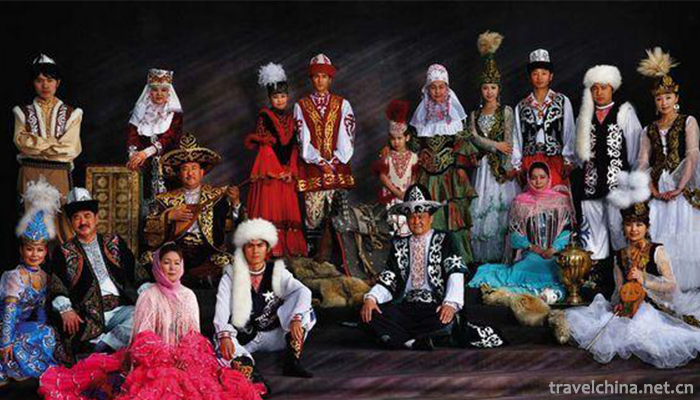
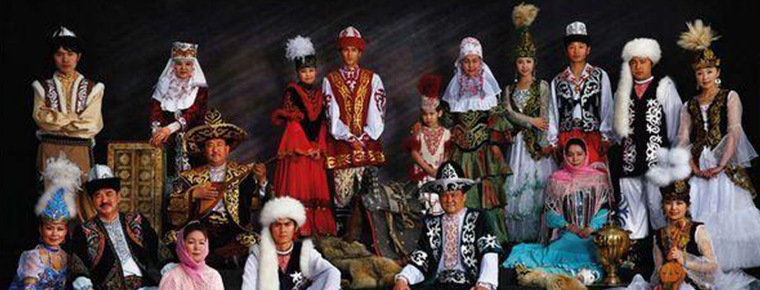
Kazakh medicine
-
Yeliguan Scenic Area
Yeliguan Scenic Area is located in Lintan County, with Yeliguan of Lintan County as the center. It is divided into four scenic areas: Lianhuashan, Xixia, Dongxia and Yehai Lake.
Views: 180 Time 2018-12-26 -
White Horse Temple Baima Temple
Baima Temple is located in Baima Temple Town, Luolong District, 12 kilometers east of the old city of Luoyang City, Henan Province. Founded in the eleventh year of Yongping in the Eastern Han Dynasty
Views: 218 Time 2019-01-02 -
Luo Bu Lin Ka Roblinka
Roblinka is a national key cultural relic protection unit, located in the western suburbs of Lhasa, Tibet. Founded in the 1840s (Dalai VII), the Dalai Lama's summer administration place is a typical T
Views: 206 Time 2019-02-06 -
Yishui Natural Underground Gallery Scenic Area
Yishui Natural Underground Gallery is located in Liuhuyu Township, Dongtou Township, Yishui County, Shandong Province, which is the first ecological town in Yimeng and the hometown of Hongsiao.
Views: 372 Time 2019-03-04 -
Legend of the Ancestors of the Loba Nationality
The legend of the ancestors of the Loba nationality is an organic part of the life of the Loba people, a mirror of the Loba society and a way of existence of the folk life of the Loba people.
Views: 135 Time 2019-05-15 -
Andai Dance of Mongolian Nationality
Andai Dance originated from the Kulun Banner. According to textual research, Andai Dance was formed in the late Ming and early Qing Dynasty. At that time, the Kulun system was "the unity of polit
Views: 165 Time 2019-06-03 -
Salar Costume
The traditional dresses of the Salar nationality are bright and bright in color and full of national characteristics. Salar costumes have two characteristics, namely (1) Islamic color of costumes; (2)
Views: 140 Time 2019-06-11 -
Suona Art
Suona art is a manifestation of traditional Chinese folk culture. In 2006, Qinyang City of Henan Province and Qingyang City of Gansu Province applied for intangible cultural heritage. Its basic musica
Views: 143 Time 2019-06-17 -
Coconut carving
Coconut sculpture is made of coconut shell, coconut palm and coconut wood as raw materials, and is carved into various practical products and plastic arts by hand. Coconut sculpture is one of the spec
Views: 236 Time 2019-07-11 -
Yihuanghe Bar Dance
Hebang dance is popular in Hedong area of Yihuang County, Jiangxi Province. It is a kind of traditional folk dance developed by mountain people from generation to generation, chopping branches on the
Views: 280 Time 2019-07-12 -
Cao Pi
Wei Wendi Cao Pi (187 - 26 June 29th) Zi Wan Pei Guo Qiao County, Yuzhou City (now Anhui Province Bozhou City People. Three Kingdoms period Famous Politician , Litterateur , the Wei state of the Three
Views: 218 Time 2019-09-15 -
Longchi National Forest Park
Longchi National Forest Park is located in Dujiangyan City, Sichuan Province. It is only 84 kilometers away from Chengdu and 30 kilometers away from Dujiangyan. It is one of the 20 key national forest parks in China.
Views: 234 Time 2020-11-05
